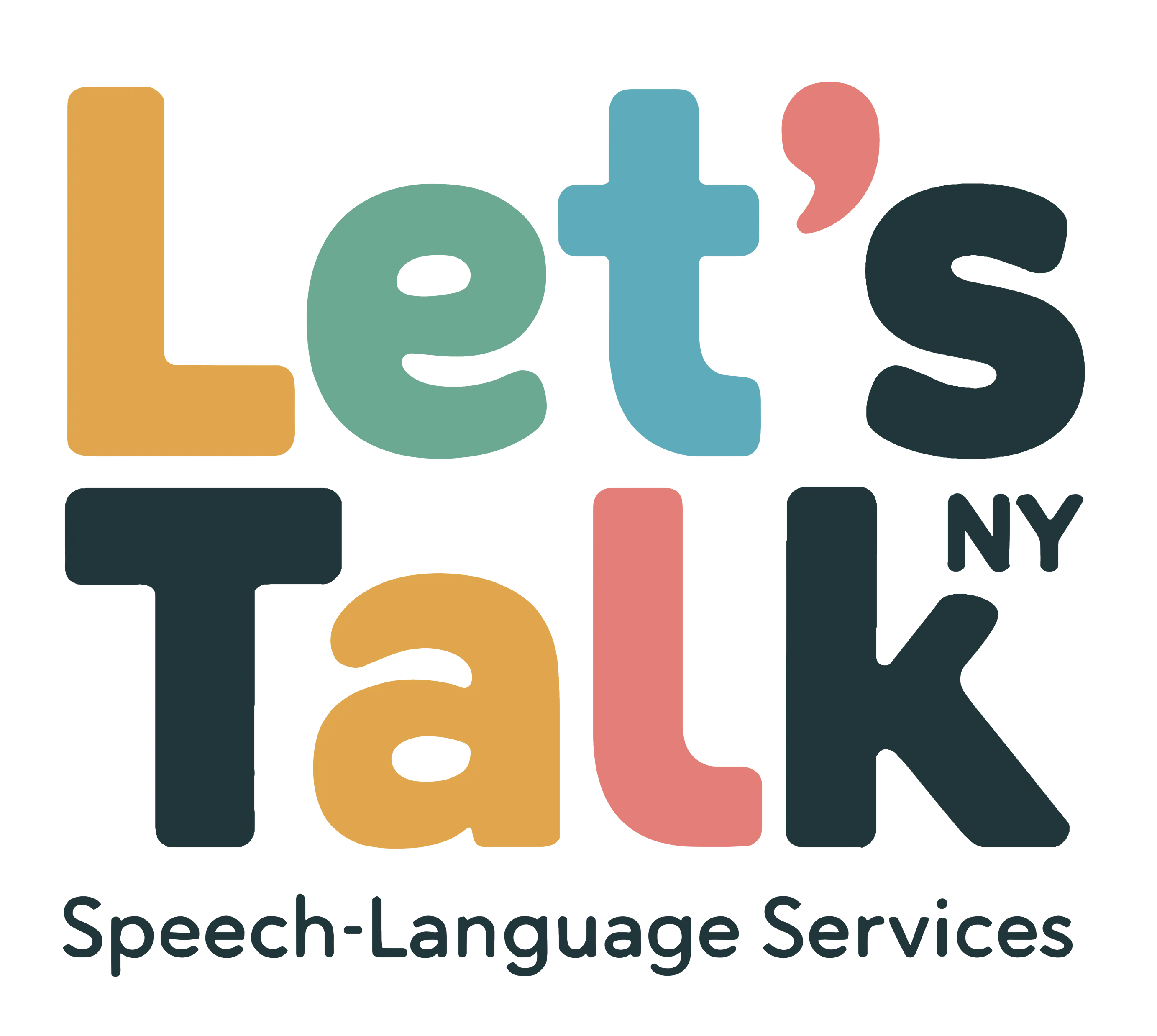Weekly Blog: Debunking AAC Myths – Is There an Age Requirement for AAC?

Welcome back to our Let’s Talk NY weekly blog series on AAC myths. Last week, I explored why cognitive abilities should never limit access to AAC. This week, I’m addressing another common misconception that often delays implementation of effective communication supports.
This Week’s Myth: “Children must be a certain age to benefit from AAC”
I frequently encounter the belief that children need to reach a specific chronological age—often 2, 3, or even 5 years—before AAC should be considered. Parents are told: “Let’s wait until she’s older” or “He’s too young for AAC; let’s focus on speech first.”
What Research Shows
Romski and Sevcik (2005) specifically address this myth in their research. As we know:
-
There is no minimum age requirement for AAC
Even very young children can benefit from appropriately designed AAC systems.
-
Early communication development is crucial
The first three years of life represent a critical period for language development—waiting to provide communication support during this time can have lasting negative effects.
-
Typical language development begins with multimodal communication
Infants naturally communicate through gestures, vocalizations, and facial expressions long before they speak—AAC simply builds on this natural process.
-
Early AAC intervention supports development across domains
Research shows that providing communication tools early can positively impact cognitive, social, and emotional development, not just communication skills.
My Clinical Observations
In my years implementing AAC with children of various ages, I’ve consistently observed that:
- Very young children can successfully use simple AAC strategies like basic signs, picture exchange systems, or voice-output devices
- Children who receive AAC support early typically show less frustration and fewer challenging behaviors
- Early communication success builds a foundation for more complex communication development
- Families who implement AAC early often report more positive interactions and stronger bonds with their children
In contrast, when AAC implementation is delayed until a child is “old enough,” I often see entrenchment of less effective communication methods (like hitting and screaming) that can be difficult to replace later.
Developmentally Appropriate AAC
Rather than focusing on chronological age, I advocate for developmentally appropriate AAC implementation that:
- Matches the child’s current abilities while promoting growth
- Incorporates motivating communication opportunities based on the child’s interests
- Involves all communication partners in consistent implementation
- Grows and changes as the child develops
Looking Ahead
Next week, I’ll address our final myth in this series: “There is a hierarchy in symbols from objects to written words.” We’ll explore why the presumed progression from objects to photos to line drawings to abstract symbols isn’t always necessary or beneficial.
How I Can Support You
If you have a young child who might benefit from AAC support, I can help with:
- Age-appropriate communication assessment
- Selection of developmentally appropriate AAC tools
- Strategies for embedding AAC into everyday routines
- Coaching for family members and caregivers
Contact me today to discuss how early AAC implementation might benefit your child’s communication development.
Reference
Romski, M. & Sevcik, R. A. PhD. Augmentative Communication and Early Intervention: Myths and Realities. Infants & Young Children 18(3):p 174-185, July 2005.
